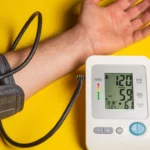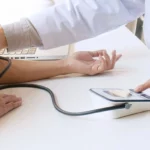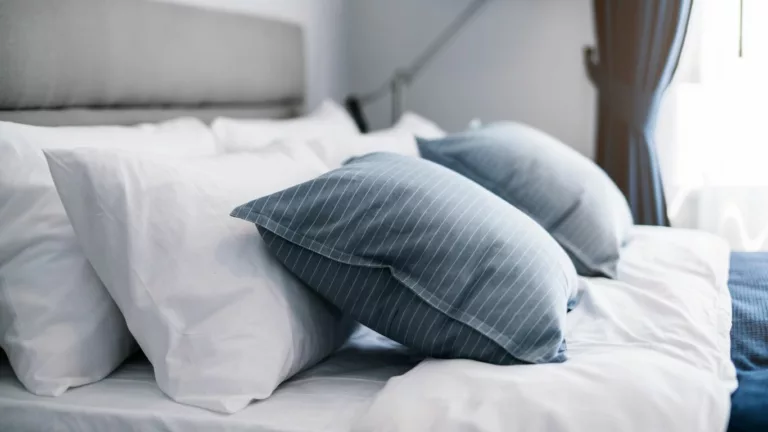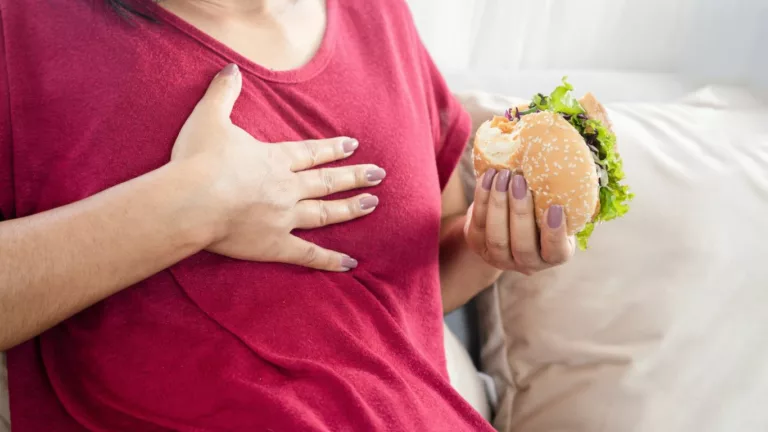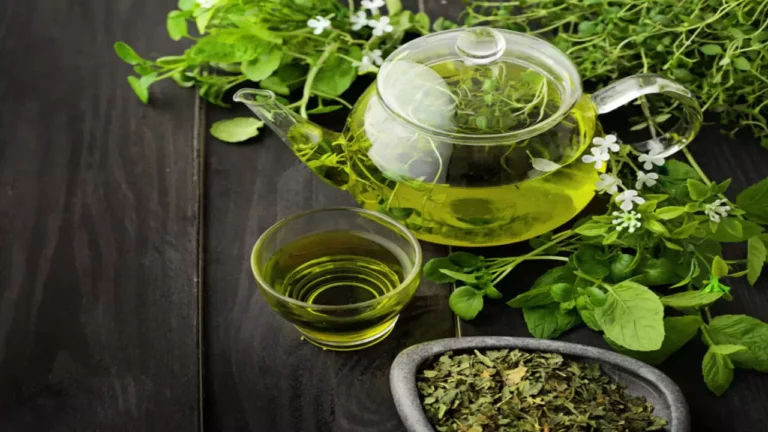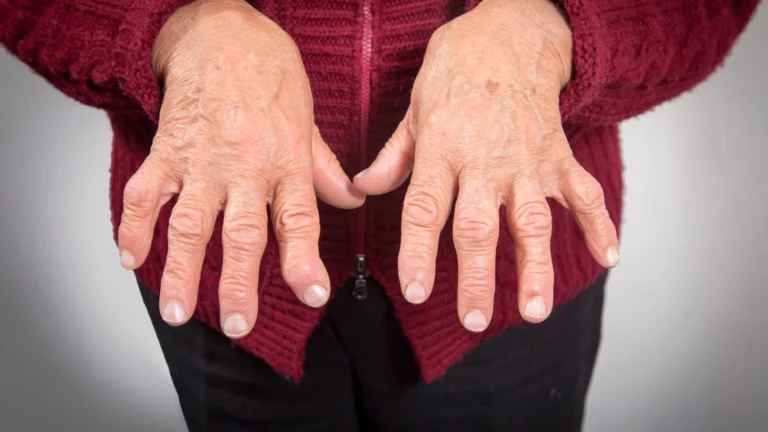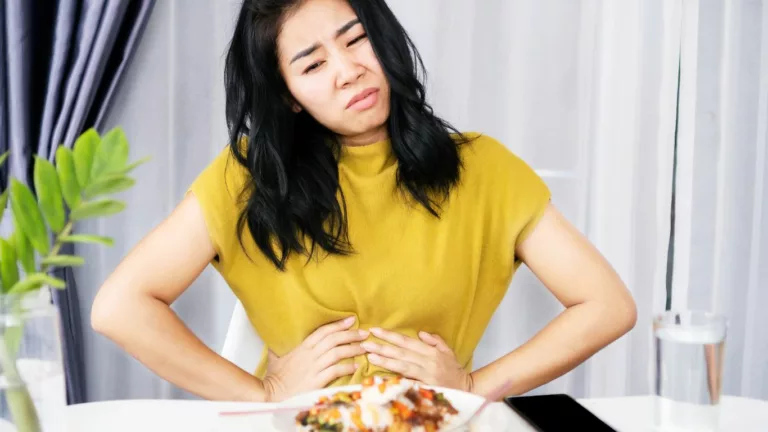How to Cook with Minimal Salt for Hypertension 🧑🍳🌿
Why Cutting Down on Salt is Important for Hypertension 🌡️

First off, let’s get why this whole “less salt” thing matters. High blood pressure is a huge deal. When we eat too much salt, our bodies hold on to extra water, which messes with our blood pressure. It’s like overloading a garden hose with too much water—it just can’t handle the pressure. So, by cutting back on salt, we’re giving our heart a little more space to do its job.
Tips for Cooking with Less Salt Without Losing Flavor 🍳

If you’re thinking, “I can’t live without my salt,” trust me, I’ve been there. But here’s the good news: there are so many ways to add flavor to your food without cranking up the salt shaker!
1. Use Fresh Herbs and Spices 🌿
This is your new best friend. Instead of reaching for salt, grab some fresh basil, rosemary, or thyme. These herbs pack a punch! Spices like cumin, paprika, and turmeric can bring life to your meals too. Honestly, once you start experimenting, you’ll wonder why you ever thought you needed salt in the first place.
2. Try Salt-Free Seasoning Blends 🌶️
A lot of people are turned off by the idea of salt-free blends, but trust me, there are some great ones out there. They can give your dishes that bold flavor you crave without the sodium overload. Just check the labels, and make sure you’re picking up the right stuff.
3. Embrace Acidic Flavors 🍋
Lemon juice or vinegar can do wonders for a dish. They balance things out and bring a freshness that’ll make you forget there’s no salt in it. Try a splash of lemon on your salad or in your marinades next time. You won’t regret it.
4. Go Low-Sodium with Canned Goods 🥫
A lot of us are guilty of using canned beans or broth with no thought to the sodium. But these days, you can easily find low-sodium versions at most grocery stores. Swapping them out is a small change that can make a big difference.
5. Cook from Scratch 🥘
I know, I know—sometimes we’re just too busy to cook everything from scratch. But hear me out: when you cook at home, you control exactly what’s going into your meals. It’s so much easier to keep your sodium in check that way. Plus, it’s usually healthier!
Troubleshooting Common Issues 🛠️

1. Bland Food 🤔
It happens. You’re used to salty food, so it’s tough when your dishes just taste a little flat. But don’t freak out! Instead of salt, think about texture. Add some crunchy veggies, or go for a charred flavor with grilled ingredients. And if your dish still needs a kick, squeeze some lemon or vinegar in there. It’ll liven things up.
2. Low-Sodium Alternatives Aren’t Tasty 🏪
I’ve been there, too. You grab a low-sodium broth or sauce and it just doesn’t taste the same. My tip? Get creative. Try making your own broths at home (it’s actually super simple), or find recipes that have been designed with low-sodium ingredients in mind.
3. Feeling Hungry After Eating 😔
If you’re used to the salty snacks, it can be tough to feel satisfied without that salty fix. Try adding fiber-rich foods like beans or whole grains—they’ll keep you full longer without needing to add extra salt.
Case Studies: Real People, Real Results 🌱

Sarah’s Story 🌟
Sarah was in her mid-40s and had been battling high blood pressure for a while. Her doctor told her to cut back on salt, and she thought, “How am I going to live without my favorite foods?” But she started cooking with more fresh herbs, less processed food, and experimenting with spices. After a couple of months, her blood pressure dropped significantly, and her doctor even started reducing her meds. It was a huge win!
John’s Journey 🍲
John, 60, was in the same boat. His blood pressure was high, and he didn’t want to start relying on pills. He switched to a mostly whole-foods diet and stopped buying processed snacks. Now, he’s feeling better than ever, and his blood pressure is under control. He even learned how to cook some new recipes and loves experimenting with herbs and spices!
Key Takeaways ✅
– Cutting back on salt is crucial for controlling blood pressure.
– You don’t have to sacrifice flavor—herbs, spices, and fresh ingredients can work wonders.
– Cooking from scratch gives you full control over your salt intake.
– If you run into issues, like bland food or low-sodium products that taste weird, just keep experimenting with different flavors and textures.
FAQs 🤔
1. Can I still eat out if I’m cutting back on salt?
Totally! Many restaurants are cool with special requests. Just ask for less salt or for your food to be cooked without it. You can usually find healthier options on the menu too!
2. Are salt substitutes a good idea?
They can be, but some of them have potassium chloride, which isn’t great for everyone—especially if you have kidney issues. It’s always a good idea to chat with your doctor before using them regularly.
3. How do I know I’m not getting too little sodium?
As long as you’re eating whole foods and not overdoing it on processed stuff, you’re probably getting enough sodium. Most people get plenty of sodium from things like veggies, dairy, and meat without needing extra salt.
References 📚
– American Heart Association. (2023). Dietary Sodium and Health. Retrieved from AHA Website.
– Mayo Clinic. (2024). High Blood Pressure (Hypertension). Retrieved from Mayo Clinic Website.
Disclaimer ⚖️
Hey, just a heads-up—this info is for general guidance and isn’t meant to replace professional medical advice. Always check in with your doctor before making big changes to your diet!
Ready to Give It a Try? 🥄
Cutting back on salt isn’t as hard as it seems. Get creative in the kitchen, explore new flavors, and see how much better you feel! Want to try some recipes or get more tips? Let me know, and I’ll help you out!


